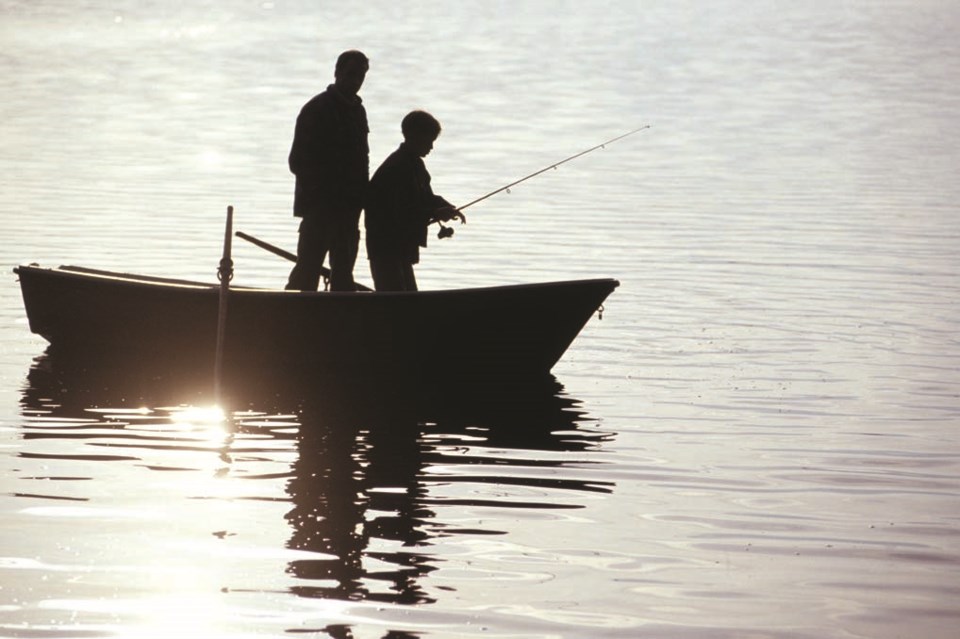THUNDER BAY – The COVID-19 pandemic has cost northwestern Ontario’s tourism sector hundreds of millions of dollars, new estimates from the City of Thunder Bay’s tourism marketing agency indicate.
The sector likely won't bounce back fully until 2024 or 2025, Tourism Thunder Bay manager Paul Pepe reported to city council on Monday, as part of an annual tourism review and forecast.
2020 had begun promisingly before spiralling into “the largest crisis in the history of the global tourism sector,” he said.
The city was awarded the 2021 Scotties curling championship, hosted the Special Olympics Canada Winter Games, confirmed the return of cruise ship activity in 2022, and saw strong hotel activity in the first quarter of 2020.
“We were on track in the first quarter to actually have our strongest tourism year in history,” Pepe said.
Starting in March, that rosy outlook was turned upside down – though Thunder Bay’s accommodations sector fared better than most during the pandemic, Pepe noted.
Thunder Bay's tourism sector lost between $80 and $100 million due to COVID-19, according to rough estimates assembled by Tourism Thunder Bay, a division of the Community Economic Development Commission (CEDC).
The angling sector across northwestern Ontario faced even steeper estimated losses of $380 million or more. The loss of the American market that fishing camps in the region rely on decimated revenues, which were down by an estimated 95 per cent in 2020.
Some owners were able to take advantage of federal support programs to perform capital upgrades over the summer, and others looked to pivot to the domestic market. However, massive losses could well carry into 2021 given continued border restrictions.
The local accommodation industry proved far more resilient in Thunder Bay than in most of the country during the pandemic, the report noted.
A local occupancy rate of 50.6 per cent in 2020 was down by more than 20 per cent from the previous year, but stood well above the national average of 32 per cent occupancy.
“It’s still not a good number, [but] it’s better than what we expected,” Pepe said.
Still, the drop was significant, and will have knock-on effects: Municipal Accommodation Tax (MAT) funds, raised via a four per cent surcharge on short-term stays, dropped by about 24 per cent over the first three quarters of 2020, leaving the city fewer resources to promote tourism and maintain its attractions.
Pepe laid out “market phases” for the gradual return of travel and tourism to the region, ranging from hyper-local to an eventual return of overseas travel, not expected until 2022.
That could include targeted exemptions for U.S. travellers coming to Northwestern Ontario, when safe, Pepe hoped.
There was no doubt the pandemic had driven greater interest in the outdoors, something the region is well placed to capitalize on going forward, he said.
“People were scrambling to get outdoors… looking to get out of the big city, where they wouldn’t run into crowds. We certainly saw that in the performance of provincial and national parks in the region, and the number of visitors from southern Ontario and Manitoba.”
Two cruise ship visits remain scheduled for 2021, though Pepe conceded those plans were uncertain.
“Those are still on for this year, but we're certainly watching where the federal policy on cruise ships gets extended to,” he said.
